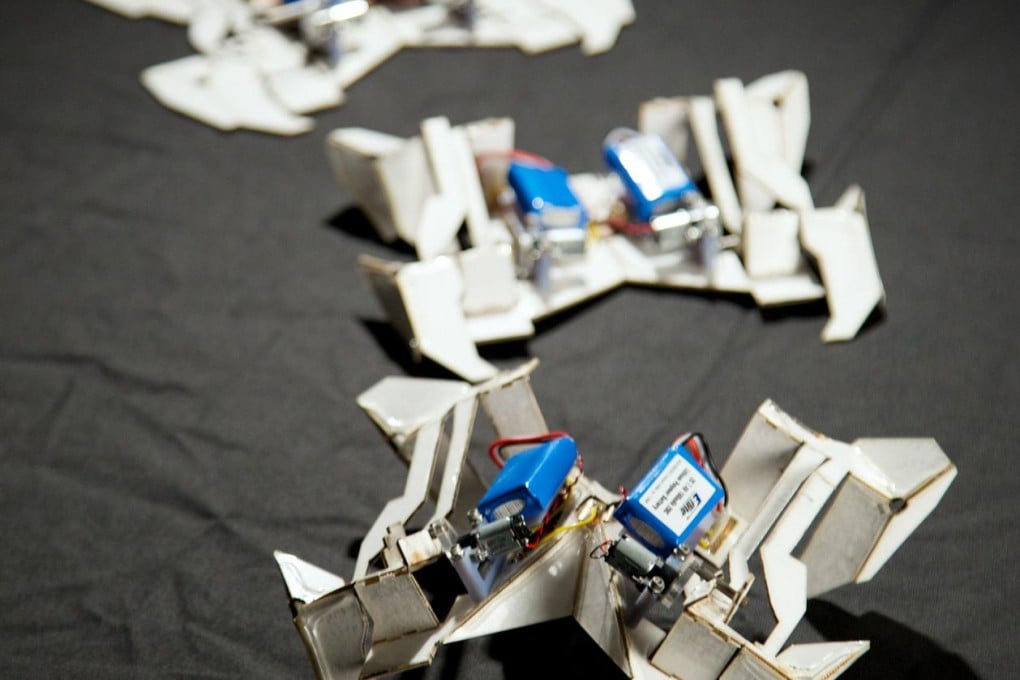Harvard University unveils self-assembling ‘Transformer’ robots
Harvard University scientists have built the world's first working "Transformer" robot, inspired by the ancient Japanese paper-folding art of origami.

Harvard University scientists have built the world's first working "Transformer" robot, inspired by the ancient Japanese paper-folding art of origami.
The alien robots featured in the Transformers movies have the ability to conceal their nature by taking the form of cars and trucks. The scientists' robot has yet to reach that level of technical deception and disguises itself as a robot that has been flattened.
Video from the researchers' laboratory shows a sheet of paper and plastic mounted with batteries and motors that folds itself into a working machine without human intervention and then scuttles out of sight. The flat-pack robot uses "shape memory polymers" that contract like muscles when they are heated. The robot takes about four minutes to assemble and can walk at a speed of about 5cm per second.
"Getting a robot to assemble itself autonomously and actually perform a function has been a milestone we have been chasing for many years," said Rob Wood at Harvard.
Built with help from researchers at The Massachusetts Institute of Technology (MIT), the robot could pave the wave for flat-packed machines for use in space or in hazardous environments on earth, where they can be put into confined spaces and left to assemble themselves.
"Imagine a ream of dozens of robotic satellites sandwiched together so that they could be sent up to space and then assemble themselves remotely once they get there. They could take images, collect data and more," said Sam Felton, who helped to make the machine. Details of the robot are revealed in the journal Science.